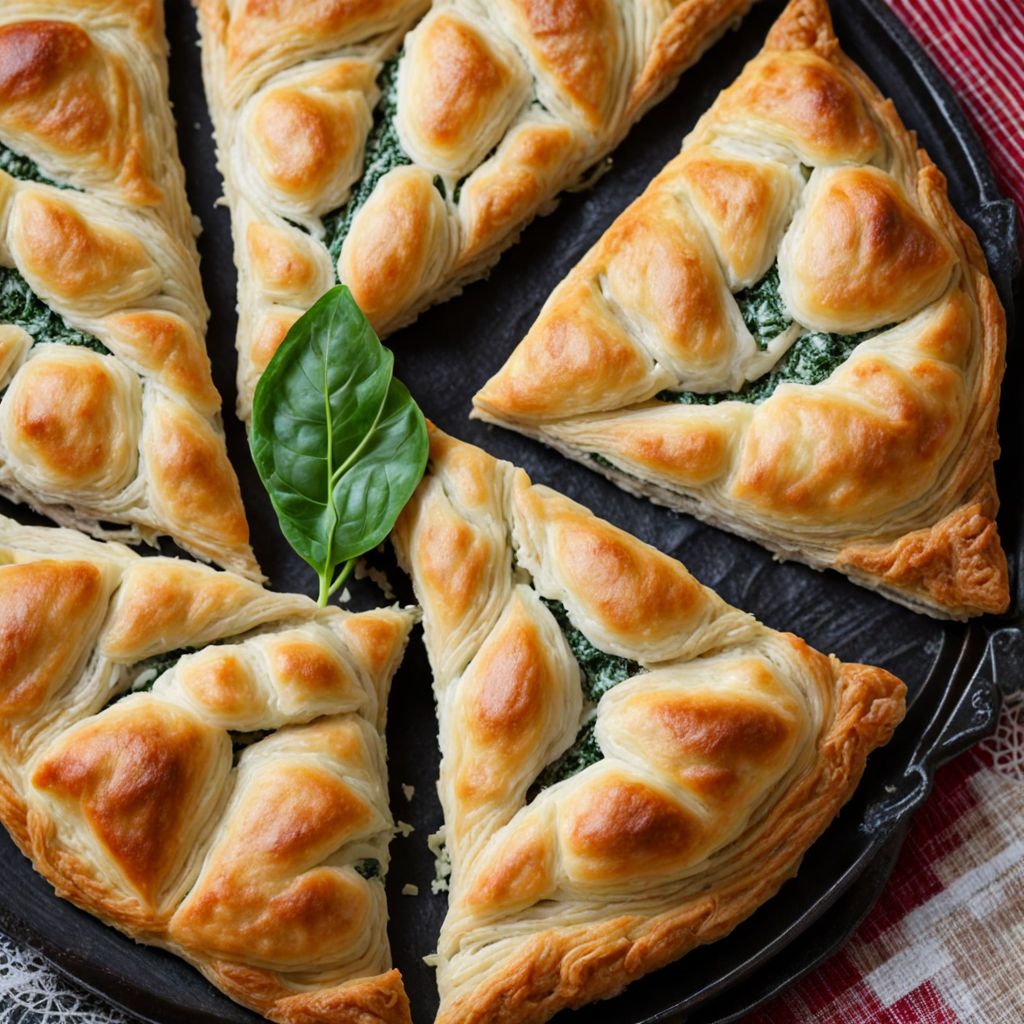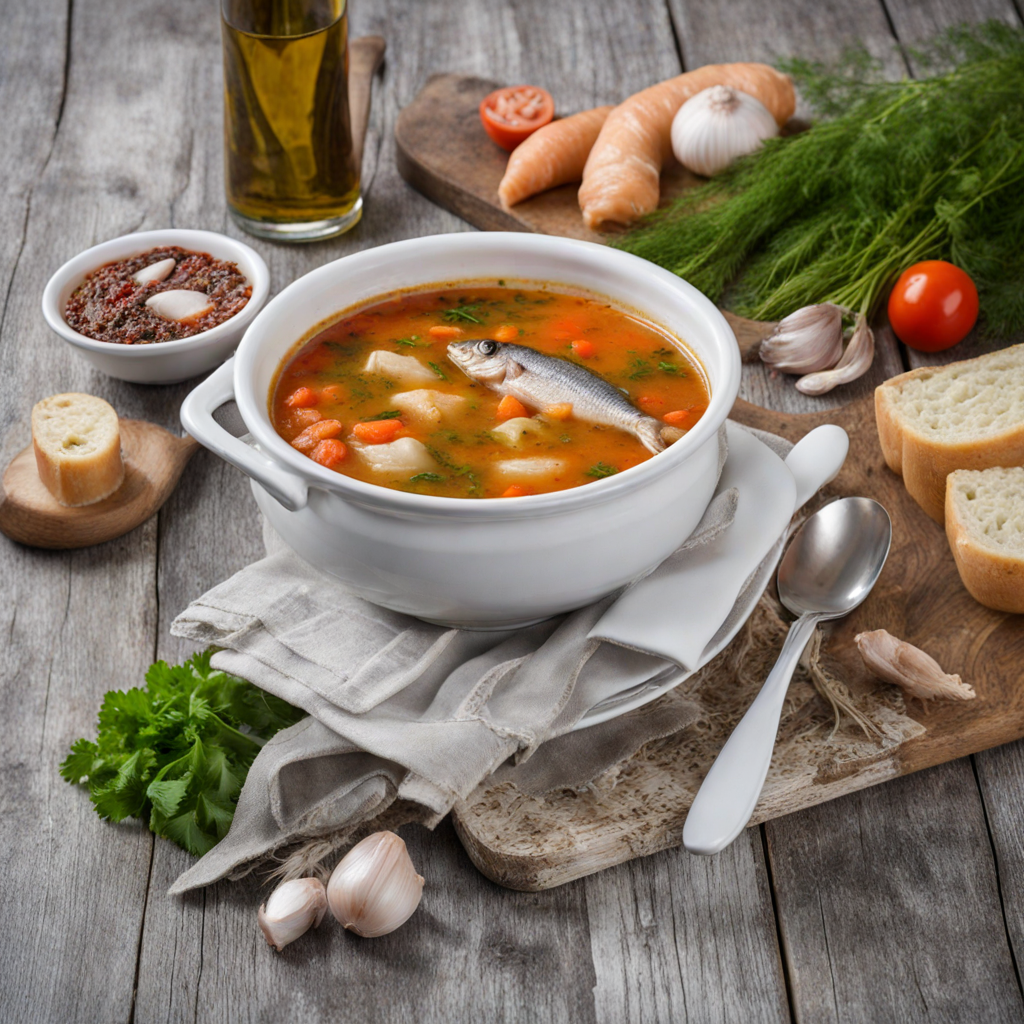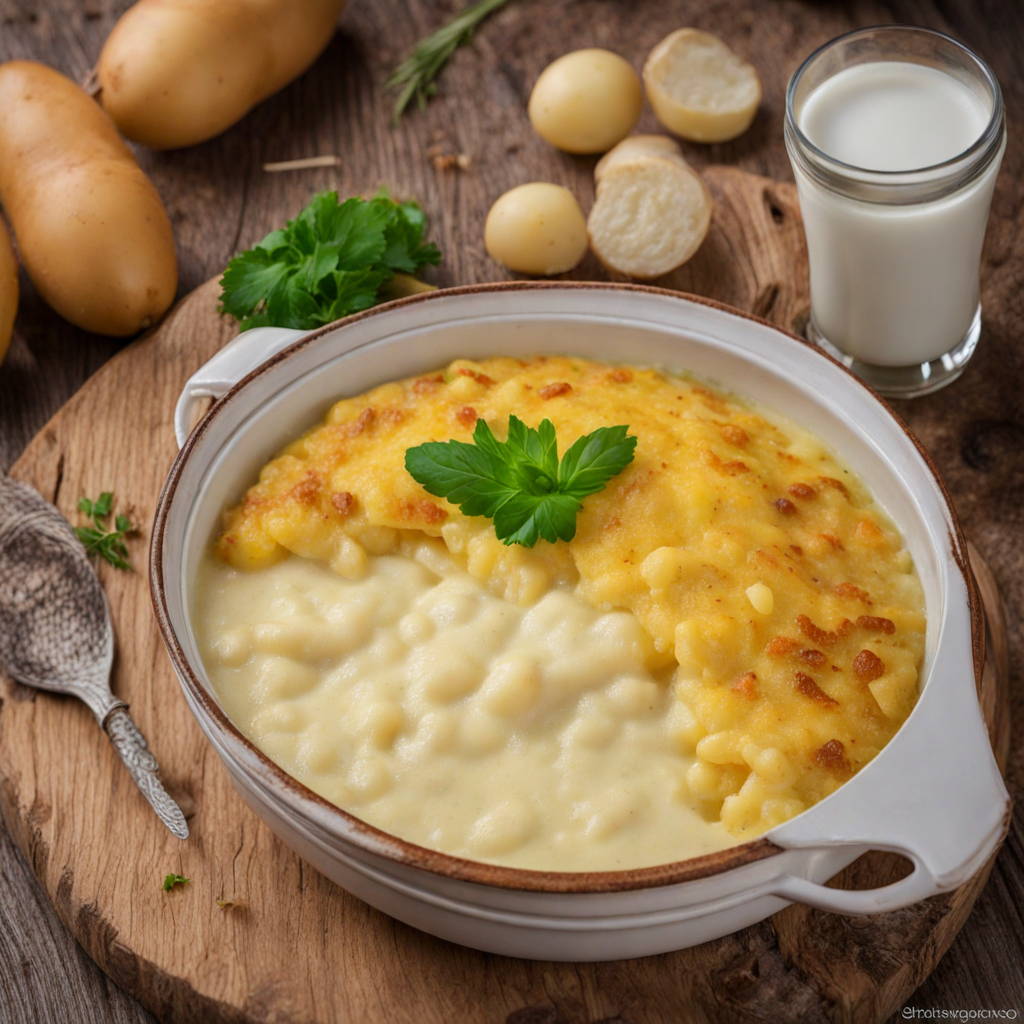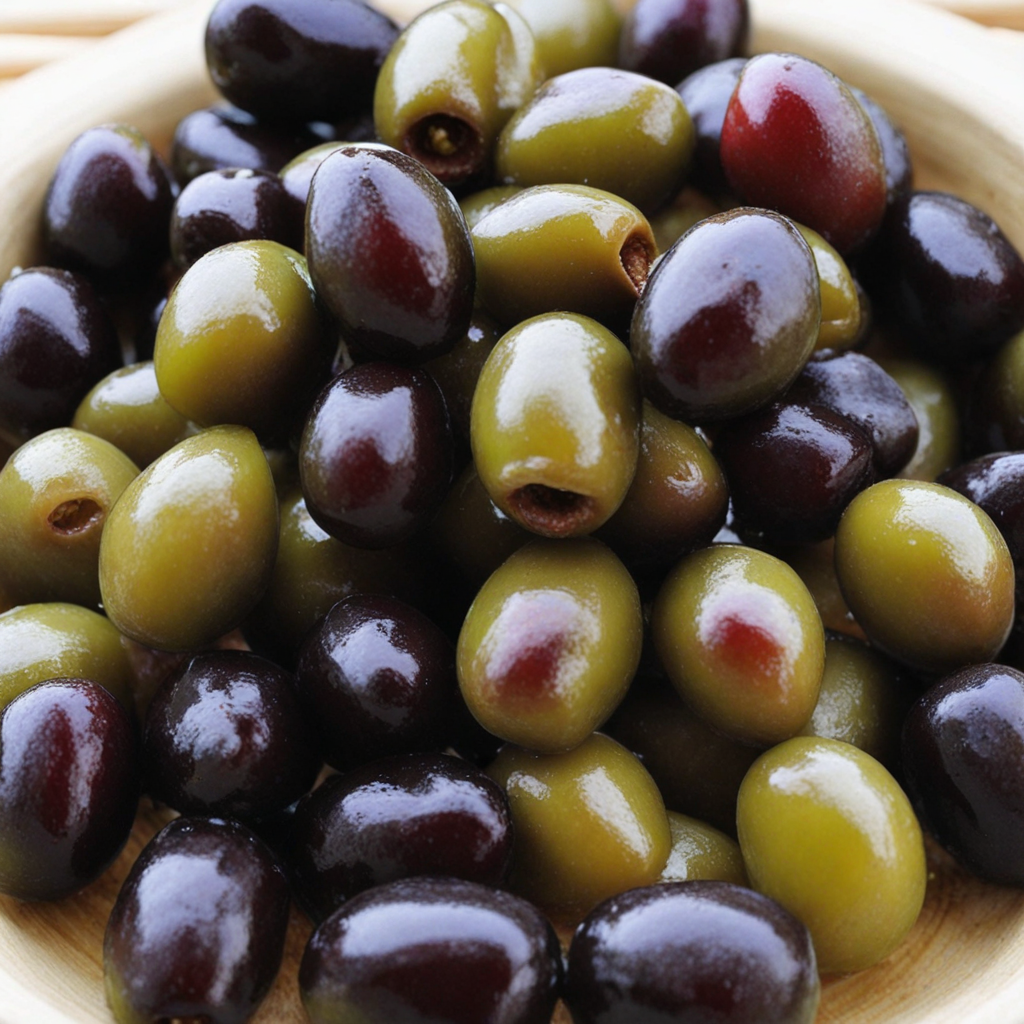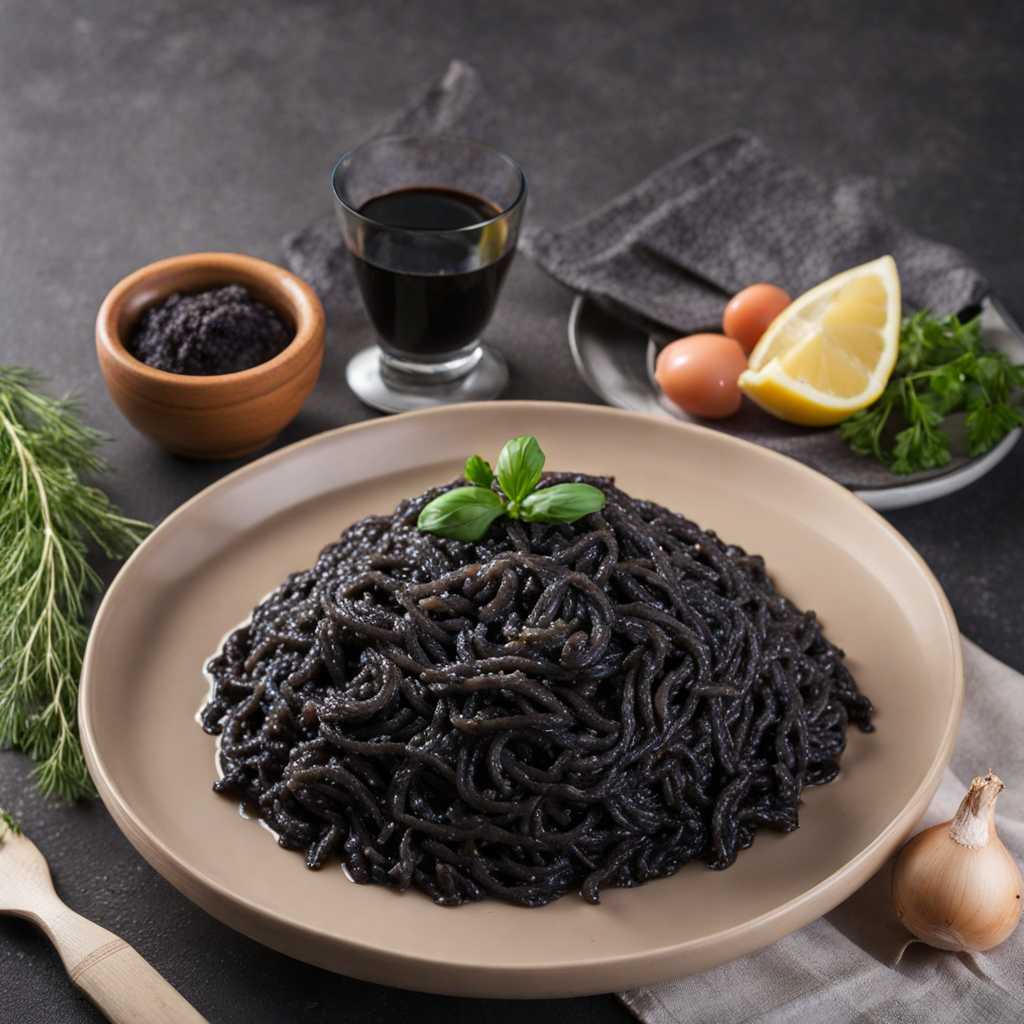Burek
Burek is a delectable pastry that hails from the Balkan region, with Montenegro being one of its proud custodians. This savory treat is typically made from thin layers of dough known as phyllo, which are carefully rolled and filled with a variety of ingredients. The most traditional fillings include minced meat, such as beef or lamb, combined with aromatic spices and sometimes onions, creating a rich and hearty flavor profile. However, vegetarian versions also abound, featuring fillings like cheese, spinach, or potatoes, appealing to a wide range of palates. The dough is expertly layered, resulting in a flaky and crispy exterior that encases the savory filling, making each bite a delightful textural experience. The cooking process of Burek is as significant as its ingredients. The pastry is typically baked until golden brown, allowing the flavors to meld beautifully while achieving a satisfying crunch. In Montenegro, it’s commonly enjoyed as a street food, served hot and often accompanied by a dollop of yogurt or a refreshing salad, which complements the richness of the pastry. The aroma of freshly baked Burek wafting through the streets is enough to entice anyone to indulge in this culinary gem. Beyond its delicious taste, Burek embodies the cultural heritage of Montenegro, often enjoyed during family gatherings, celebrations, or simply as a comfort food. Each region may have its own twist on the classic recipe, making it a dish that reflects local traditions and flavors. Whether you're savoring a slice in a cozy café or trying your hand at making it at home, Burek offers a unique taste that captures the essence of Montenegrin cuisine and invites you to explore the rich tapestry of flavors that this beautiful country has to offer.
How It Became This Dish
The History of Бурек: A Culinary Journey Through Montenegro #### Origins The story of Бурек (Burek) is as layered and rich as the pastry itself, with its origins tracing back to the Ottoman Empire. The dish is believed to derive from the Turkish word "börek," which references a variety of filled pastries made with thin layers of dough, known as yufka. As the Ottomans expanded their empire throughout the Balkans, they brought with them their culinary traditions, which melded with local ingredients and practices to create a diverse array of regional variations. In Montenegro, Бурек became a staple food, especially among the working class and rural populations. The mountainous terrain and the Mediterranean climate influenced not only the types of ingredients available but also the cooking methods that developed over time. Locally sourced meats, vegetables, and dairy products became the primary fillings for Бурек, making it a dish that resonated with the Montenegrin way of life and agricultural practices. #### Cultural Significance Бурек holds a special place in Montenegrin culture, symbolizing community, hospitality, and tradition. It is often prepared for family gatherings, celebrations, and significant life events, such as weddings and religious holidays. The act of making Бурек is seen as a communal activity, where family members come together, sharing stories and laughter while rolling out the delicate dough and filling it with various ingredients. In Montenegrin society, food is more than just sustenance; it is a means of forging connections and preserving cultural identity. The preparation of Бурек often involves generations of family knowledge passed down through the years, with each family potentially having its own unique recipe that reflects individual tastes and regional influences. This variation not only preserves the dish's cultural significance but also showcases the adaptability of Montenegrin cuisine. #### Development Over Time As Montenegro navigated through the complexities of history—from the influence of the Ottomans to the Austro-Hungarian Empire and later the Yugoslav period—the recipe for Бурек evolved. In the early 20th century, the dish became more widely popularized, moving beyond rural kitchens to urban bakeries and restaurants. This transition marked the beginning of Бурек's status as a beloved street food, with vendors selling slices of the flaky pastry to busy passersby. The post-World War II era saw a transformation in Montenegrin society, with the rise of socialism and increased urbanization. During this time, traditional recipes faced the pressures of modernity. Nevertheless, Бурек remained resilient, adapting to changing tastes and lifestyles. While the classic meat and cheese fillings remained popular, new variations emerged, including those filled with spinach, potatoes, and even sweet fillings like pumpkin or fruit. The global influence of Montenegrin cuisine grew in the late 20th century, with an increase in tourism and a diaspora that carried the flavors of home to different corners of the world. This international exposure not only introduced Бурек to a wider audience but also led to a fusion of flavors, as chefs began to experiment with different fillings and dough techniques. In restaurants and homes alike, Бурек became a canvas for creativity, blending traditional ingredients with contemporary culinary trends. #### Modern Day Бурек Today, Бурек is a celebrated dish in Montenegro, often seen at family gatherings, local festivals, and even international food fairs. The pastry is typically served hot, often accompanied by yogurt or a side salad, making it a satisfying meal or snack. Montenegrin chefs have taken to preserving the authenticity of Бурек while also experimenting with new flavors and presentations. In addition to traditional meat and cheese fillings, modern iterations may include combinations like feta with herbs, spiced potato and mushroom, or even vegetarian and vegan adaptations that cater to contemporary dietary preferences. The essence of Бурек, however, remains unchanged—the delicate, flaky pastry that envelops a flavorful filling, symbolizing the enduring nature of Montenegrin culinary traditions. The dish has also found its way into the global culinary scene, with Montenegrin restaurants and bakeries opening in various countries, showcasing the rich flavors of Balkan cuisine. Chefs around the world have taken inspiration from Бурек, leading to a revival of interest in Balkan food and its diverse offerings. #### Conclusion The history of Бурек in Montenegro is a reflection of the country's rich cultural tapestry, shaped by historical migrations, regional influences, and the resilience of its people. From a humble dish of the Ottoman Empire to a beloved symbol of Montenegrin identity, Бурек has transcended time and geography, embracing modernity while honoring tradition. As Montenegro continues to evolve, so too will the story of Бурек—an enduring emblem of community, hospitality, and the celebration of life’s moments, both big and small. Whether enjoyed in a bustling market, a festive family gathering, or a cozy restaurant, Бурек remains a testament to the power of food to connect us to our roots and each other.
You may like
Discover local flavors from Montenegro



